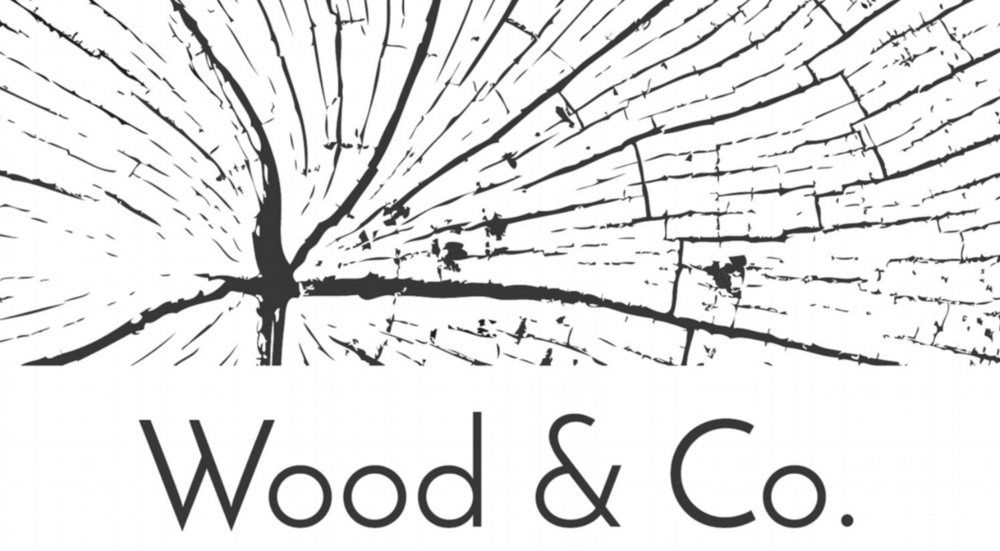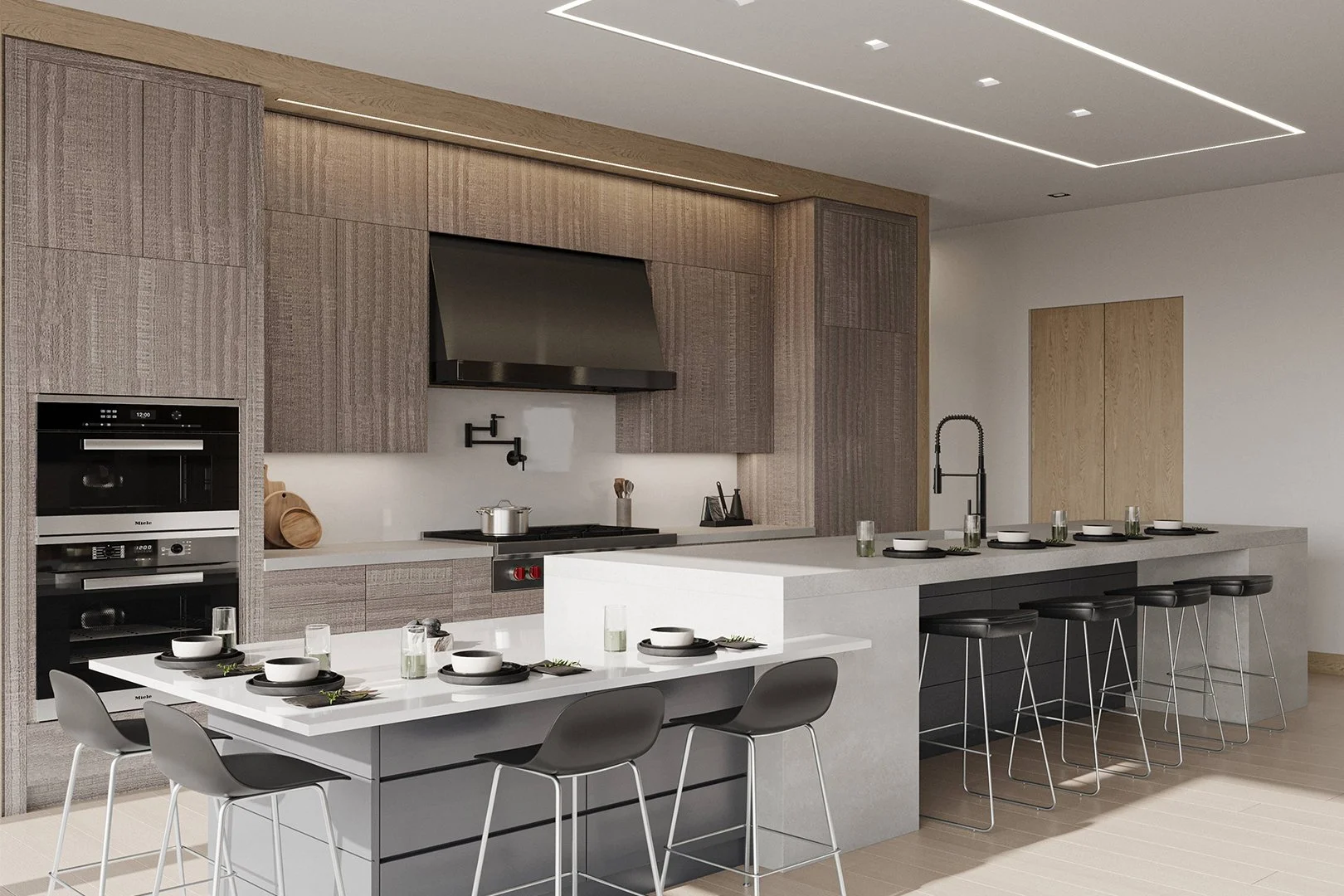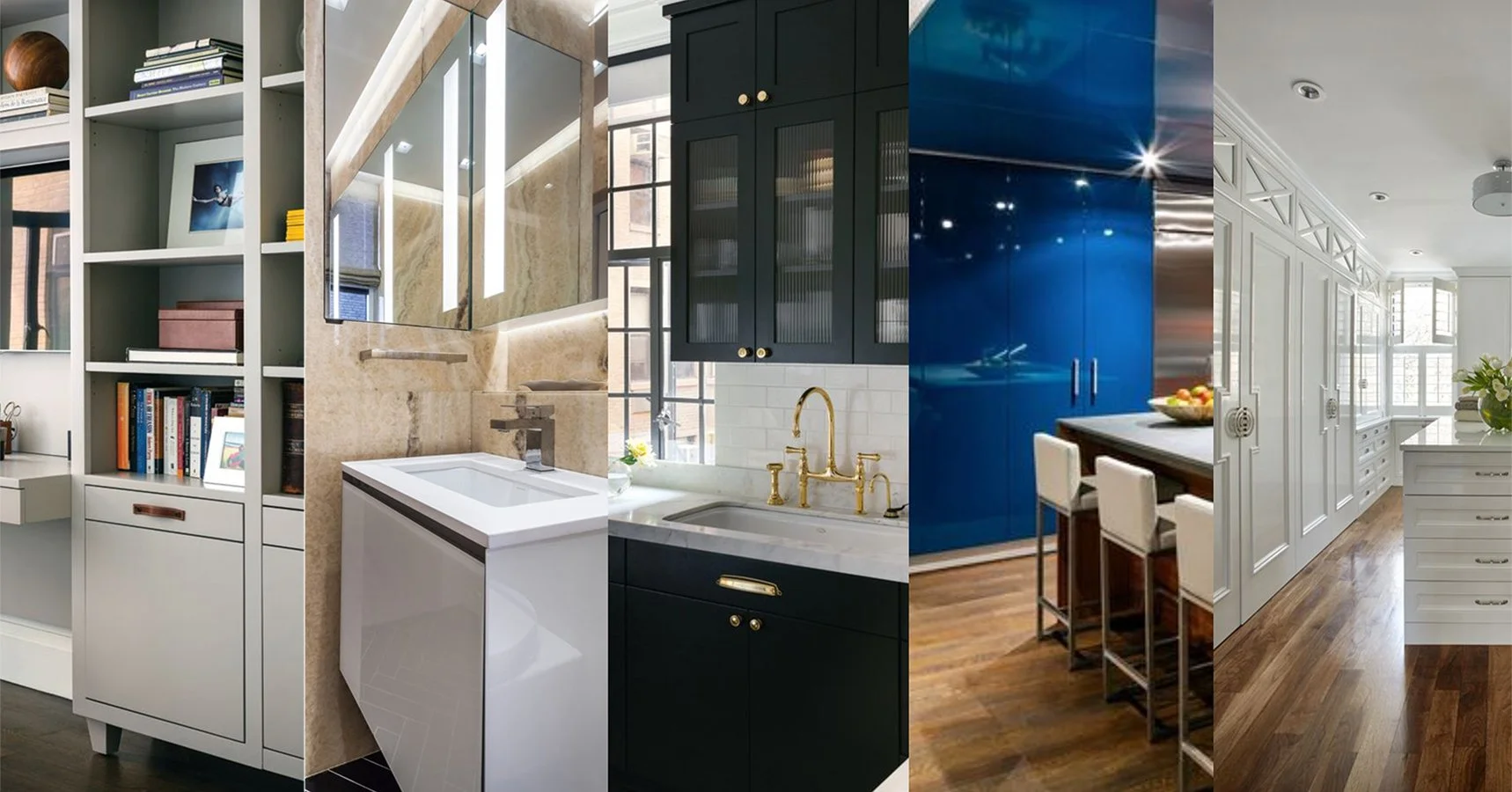Wet umbrellas, muddy shoes, messy coats, and outdoor sports gear –these are just some of the ways we bring dirt and grime into our homes. In some homes, especially older ones, entry from the backyard or garage would directly lead to the kitchen or a living area. You’ll practically be welcoming dirt into your home. You’d know this very well if you ever had your kids come through the door after a day out, leaving shoe prints everywhere. The good news is, there’s a solution to get clean and organized: a mudroom.
What is a Mudroom?
A mudroom is a common feature in many American homes that acts as a buffer between the indoor and the outdoor. It’s a place to remove and store various everyday items such as shoes, coats, bags, spots equipment, etc. Placing your family’s most used items in a mudroom helps protect the rest of the house from damaging elements such as rain, snow, and mud. Mudrooms often feature a lot of cabinetry, hooks, baskets, and other storage spaces. All in all, it’s a transitional space that helps the family stay organized.
Where is a Mudroom Located?
A mudroom is most often located between the garage and main living space. For some other homes, it’s located off the kitchen as it’s often near the driveway or the backyard. In general, you want to place a mudroom at the side or back of the house.
Often, it’s differentiated from the main entryway that’s located at the front of the house. This is because a main entryway is considered a more formal location. This is where guests come in. The entryway is meant to make an impression and is intended to stay clean, unlike the mudroom.
Cerused white oak shelving by Wood & Co.
How do I Design a Mudroom?
Your Family’s Habits
As it’ll primarily be used by you and your family, you need to take everyone’s habits and everyday activities into consideration. What do your family members do when they enter and leave the house? Whether you already have an existing mudroom or not, note where your family members place their most used items. Take special notice of outdoor activities such as baseball, soccer, or even just going out for a run.
Another thing to consider is if you have pets or not. As much as we love our four-legged companions, they do have the tendency to bring in dirt from outdoors. Maybe it would be good if your mudroom has a designated spot for everything you need for your dog’s daily walk.
Your Belongings
Now that you’ve taken note of what your family does when they enter and leave the house, next you have to note what items they need. How many coats, bags, or shoes does everyone need regularly? Take shoes for example, you might have one for work, one for exercise, one for a casual night out, and one pair of boots for a rainy day. Knowing what and how many items everyone needs allows you to plan your mudroom accordingly.
The Storage Space
When you’ve taken stock of all your family’s stuff, now it’s time to think of how you want to store them. Items used every day should be easily accessible. Such items can go on hooks and open shelves. Less used items can be kept inside cabinets to keep it out of sight and keep your mudroom from looking too messy. Ideally, everyone in the family should have their own designated cabinets and shelves. This helps to keep everyone organized.
To maximize all your available space, opt for tall custom cabinetry. The upper most cabinets and shelves may be hard to reach, but it can offer a good place to store seasonal items. This is great especially when you don’t have much storage space elsewhere around your house.
Additional Functions
With the essentials down, you can consider what other functions or conveniences you want for your mudroom. Here are some options:
Countertop or Table Space – It can be a convenient spot to leave the mail or house keys. You can also place electrical outlets here for an easy access charging station for your electronic devices.
A Half Bath – Attached to the mudroom, it’s a great way to wash up before going to the home’s main living areas, and help keep the house clean.
Large Sink – If you don’t have enough space for a dedicated powder room, a large sink will do the trick.
Bench or Chairs – It provides a place for people to sit down and put on their shoes. As an added bonus, you can opt for a bench that has storage underneath to double the functionality.
Mirrors – It’s a handy feature that lets family members can check themselves before going out. It’s also a great way to make a space feel bigger, plus it doesn’t take up much space.
Laundry – Some prefer to have a separate laundry in their mudrooms to prevent dirty coats and sports uniforms from getting mixed with linens.
Wear and Tear
Since the mudroom takes a lot of beating, it should be designed with this exposure to wear and tear in mind. For your floor, walls, and cabinets, focus on durable materials that are easy to clean up. This can mean vinyl or tiles for your floors. Make sure that it’s non-slip to prevent unwanted accidents. For anything painted, such as walls and cabinets, you want to use high-gloss or semi-gloss paint for easier cleaning. If you want to add fabrics, such as on rugs or seating, it’s best to go for outdoor grade fabrics. Lastly, with all the wet and dirty items going to your mudroom, make sure that it’s properly heated and ventilated. This will reduce the humidity, helping your things dry faster and prevent the growth of mold and mildew.
Stained oak cabinetry by Wood & Co.
Do I Need a Mudroom?
A mudroom offers numerous benefits, especially so in a larger family. But even if it’s just you and your spouse, or you don’t engage in much outdoor sports, a mudroom can still help you keep your house clean and organized. Not everyone needs a mudroom, but everyone can benefit from one.
Thank you for visiting Wood and Co.






